Some of the data collected by this provider is for the purposes of personalization and measuring advertising effectiveness.
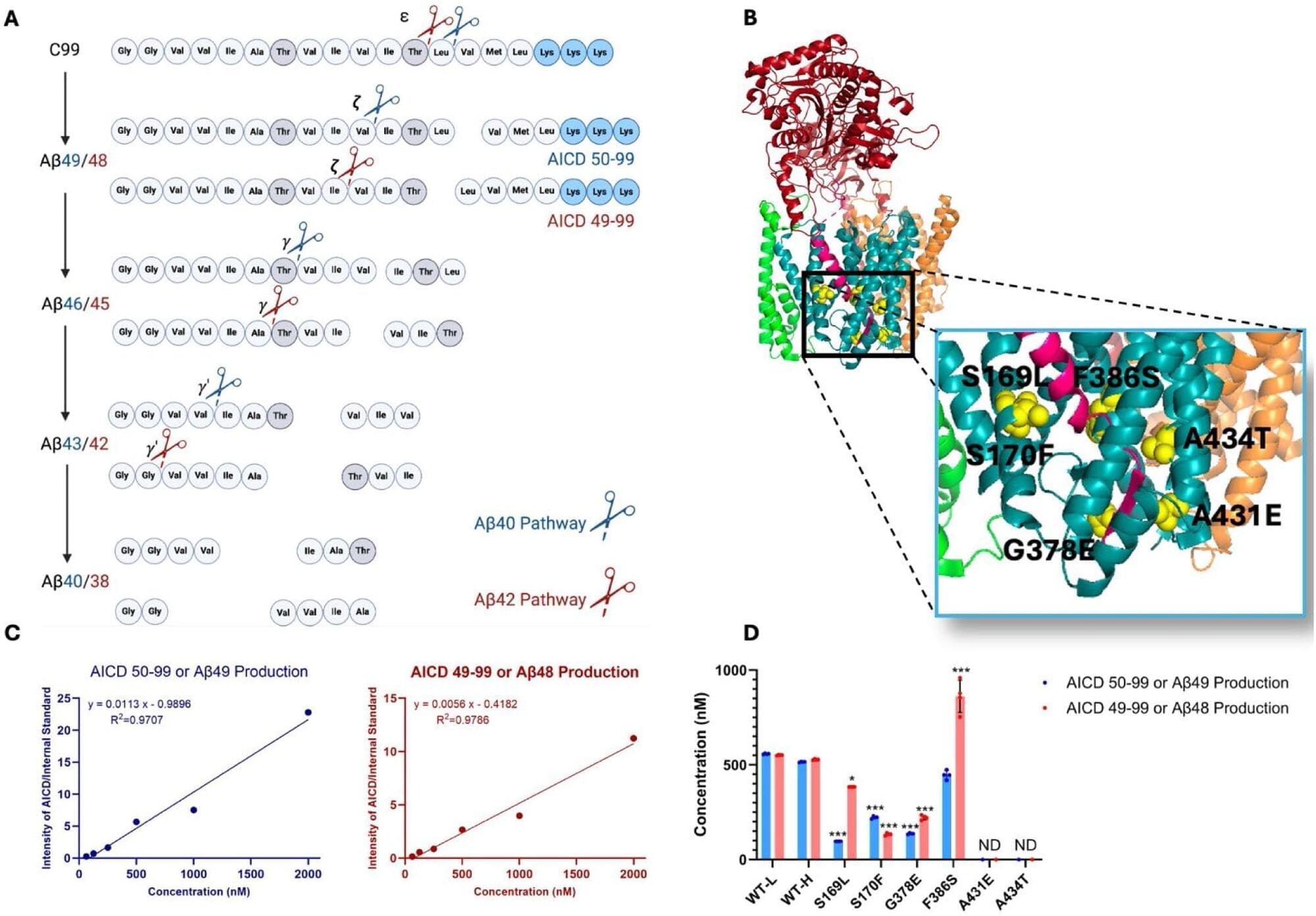


An international team of scientists, including researchers from Harvard University and the University of Zurich, analyzed clinical trial results 777 elderly Swiss adults to test the potential anti-aging benefits of supplements and exercise.
While there’s no perfect way to measure biological aging, the researchers used tools that help measure age-related decline in the cells and organs, including factors like brain health and heart health.
They looked at participants who underwent one of eight longevity treatments over three years, including exercising and supplementing omega-3s, vitamin D, or both.
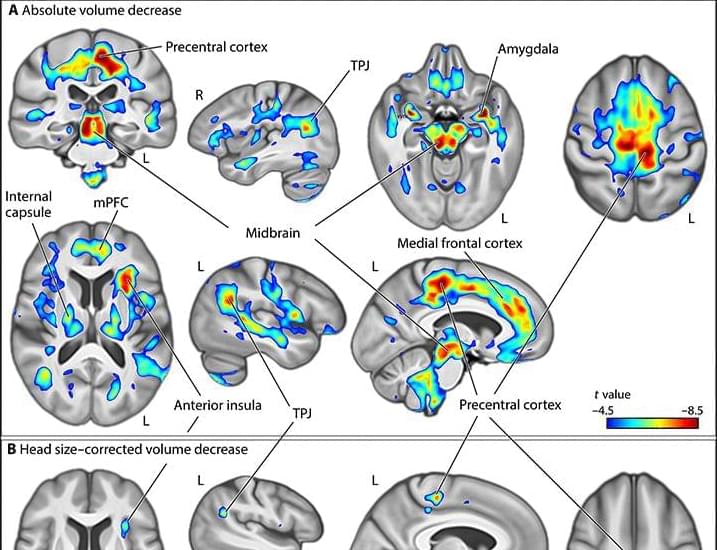
A recent large-scale study published in Science Advances has revealed a connection between genetic variations associated with dyslexia and structural differences in the brain. These differences were found in areas involved in motor coordination, vision, and language. This provides new insights into the neurological underpinnings of this common learning difficulty.
Dyslexia is a common learning difficulty that primarily affects the skills involved in accurate and fluent word reading and spelling. It’s characterized by challenges with phonological awareness (the ability to recognize and manipulate the sounds in spoken language), verbal memory, and verbal processing speed. People with dyslexia may struggle to decode words, recognize familiar words automatically, and spell words correctly. Importantly, dyslexia is not related to a person’s overall intelligence. It’s considered a neurodevelopmental condition, meaning it arises from differences in how the brain develops and processes information, particularly related to language.
Genetic disposition to dyslexia is associated with brain structure in the general population.

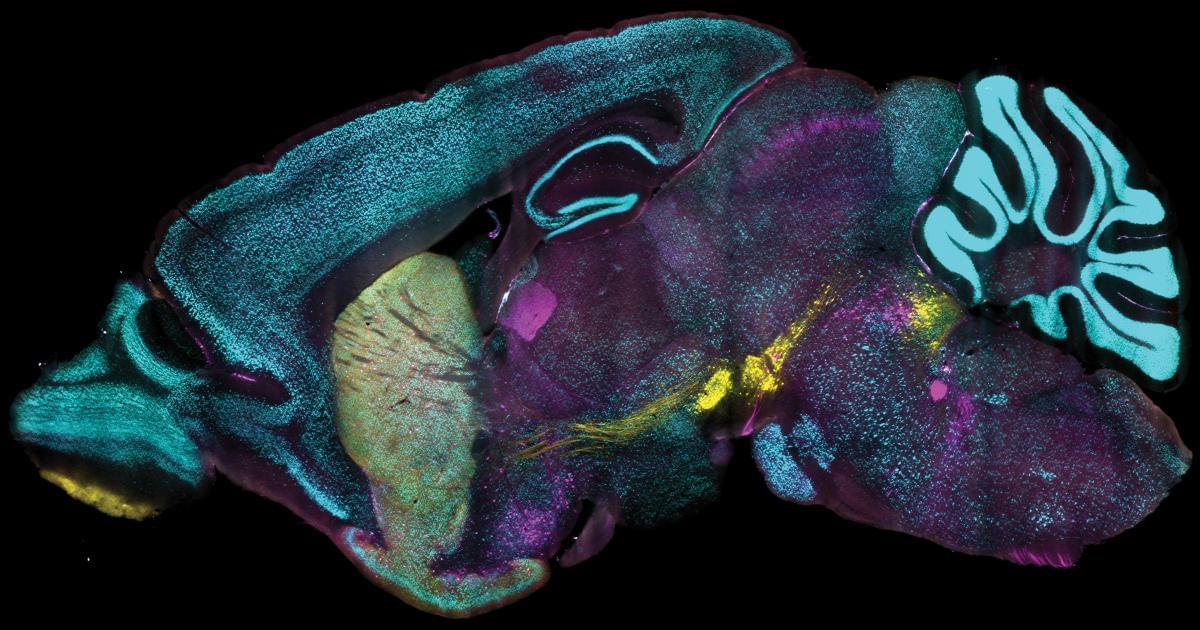
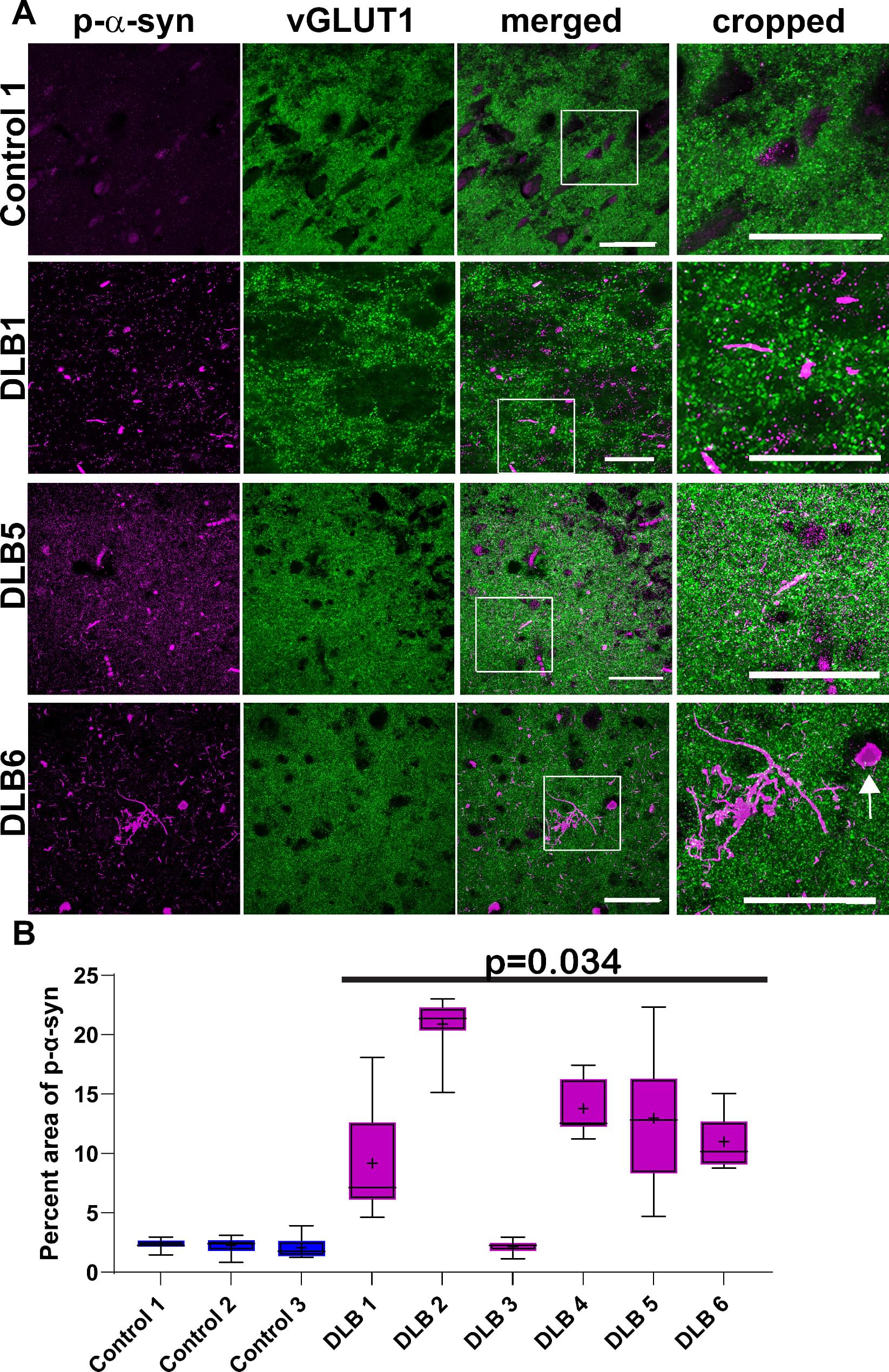
Dementia with Lewy Bodies (DLB), Parkinson’s disease (PD) and PD dementia (PDD) are neurodegenerative syndromes that are characterized neuropathologically by Lewy body disease (LBD), including Lewy bodies in neuronal somata and Lewy neurites in axons or dendrites. Intraneuronal aggregates of tau called neurofibrillary tangles (NFTs) classically are associated with Alzheimer’s disease (AD), yet NFTs often are observed with LBD as well [40]. PDD patients have a higher burden of NFTs in the cortex compared to PD patients without dementia, and cortical tau aggregates correlate with cognitive impairment severity [15, 21, 22]. Mouse models of LBD implicate an α-syn-tau interaction. In mice overexpressing A53T mutant human α-syn, knocking out tau or using antibodies targeting oligomeric tau reverses memory impairments [19, 39]. Thus, the presence of both Lewy and tau pathology may contribute to cognitive symptoms from LBD.
Endogenous tau and α-synuclein colocalize and associate in neurons [42], suggesting that co-pathology may arise from synergistic interactions. Indeed, in vitro experiments show that tau’s microtubule binding domain also binds the C-terminus of α-syn, resulting in the fibrillization and aggregation of both proteins [17, 20]. In addition, human postmortem studies report colocalization between tau and synuclein using various antibody combinations. LBD colocalizes with tau in brainstem Sect. [2], hippocampus [3], entorhinal cortex [23], frontal cortex [38], amygdala [37, 43], and olfactory bulb [18]. One study quantified the number of double-positive neurons across hippocampal structures and determined the subiculum and pre-CA1 neurons had the highest proportion for double-positivity with a range of 1–13% across 5 subjects, as assessed by examining neuronal somata [24]. In another study that focused on brainstem Lewy bodies, as many as a third of Lewy bodies in the medulla were immunoreactive for phosphorylated tau, but a relationship between tau and α-syn immunoreactivity within abundant Lewy neurites has not been examined [25]. In addition, many of the studies showing overlap of α-syn and tau pathology are qualitative or relied on counting colocalization by eye in single images rather than quantifying colocalization over a larger area within the tissue.
Investigating overlap of pathologic α-syn and tau in structures including neurites is important because synaptic and axonal dysfunction are earlier pathophysiologic events in LBD than the formation of Lewy bodies, and cortical and limbic regions affected by α-synucleinopathy show more abundant Lewy neurites than Lewy bodies. We examined postmortem middle temporal gyrus cortex from human brains with confirmed LBD using immunofluorescence and confocal microscopy. We first quantified the degree of abnormal forms of α-syn and tau as well as immunologic markers for this region, showing an association of disease markers with the neuropathological diagnosis of LBD, demonstrating these cases recapitulate prior findings from the literature. We then measured colocalization of pathologic α-syn with phosphorylated tau, and an early pathologic form of tau.
Outer Space, Inner Space, and the Future of Networks.
Synopsis: Does the History, Dynamics, and Structure of our Universe give any evidence that it is inherently “Good”? Does it appear to be statistically protective of adapted complexity and intelligence? Which aspects of the big history of our universe appear to be random? Which are predictable? What drives universal and societal accelerating change, and why have they both been so stable? What has developed progressively in our universe, as opposed to merely evolving randomly? Will humanity’s future be to venture to the stars (outer space) or will we increasingly escape our physical universe, into physical and virtual inner space (the transcension hypothesis)? In Earth’s big history, what can we say about what has survived and improved? Do we see any progressive improvement in humanity’s thoughts or actions? When is anthropogenic risk existential or developmental (growing pains)? In either case, how can we minimize such risk? What values do well-built networks have? What can we learn about the nature of our most adaptive complex networks, to improve our personal, team, organizational, societal, global, and universal futures? I’ll touch on each of these vital questions, which I’ve been researching and writing about since 1999, and discussing with a community of scholars at Evo-Devo Universe (join us!) since 2008.
For fun background reading, see John’s Goodness of the Universe post on Centauri Dreams, and “Evolutionary Development: A Universal Perspective”, 2019.
John writes about Foresight Development (personal, team, organizational, societal, global, and universal), Accelerating Change, Evolutionary Development (Evo-Devo), Complex Adaptive Systems, Big History, Astrobiology, Outer and Inner Space, Human-Machine Merger, the Future of AI, Neuroscience, Mind Uploading, Cryonics and Brain Preservation, Postbiological Life, and the Values of Well-Built Networks.
He is CEO of Foresight University, founder of the Acceleration Studies Foundation, and co-founder of the Evo-Devo Universe research community, and the Brain Preservation Foundation. He is editor of Evolution, Development, and Complexity (Springer 2019), and Introduction to Foresight: Personal, Team, and Organizational Adaptiveness (Foresight U Press 2022). He is also author of The Transcension Hypothesis (2011), the proposal that universal development guides leading adaptive networks increasingly into physical and virtual inner space.
A talk for the ‘Stepping into the Future‘conference (April 2022).
The Goodness of the Universe: Outer Space, Inner Space, and the Future of Networks /w John Smart
Many thanks for tuning in!
Have any ideas about people to interview? Want to be notified about future events? Any comments about the STF series?

Along the lines of last night’s post, Keith Frankish has an article at Aeon describing and defending the illusion ist viewpoint, that phenomenal consciousness is an illusion. It’s an excellent introduction for anyone who isn’t familiar with the basic argument.
As noted before, I think the illusion ists are right about the reality, but I’m not sure using the word “illusion” is productive. We could just as easily say that yes, phenomenal consciousness exists *subjectively* but not objectively, and this is how that subjective experience is constructed. There is some value in using stark language to get people’s attention, but it also frequently gets their summary dismissal.
I’m also not entirely sure it’s all in the introspection mechanisms. Phenomenal qualities seem useful in discriminating between different objects, and the affect lacing the brain weaves in also clues the deliberation engine on how to regard those objects. It seems likely that our introspective representations of these perceptual representations are value added rather than entirely constructive. Thinking the latter implies a lot of processing overload for introspection, which doesn’t necessarily feel adaptive to me.

Philosopher Peter Hankins at Conscious Entities has a write-up on the November 12 issue of the JCS (Journal of Consciousness Studies) in which philosophers, psychologists, and neuroscientists such as Keith Frankish, Daniel Dennett, Susan Blackmore, and Michael Graziano, debate whether it makes sense to refer to phenomenal consciousness as an illusion. Unfortunately the full text of the journal articles are paywalled, although if you are on a university network, or have the ability to access the site through one, you might find you can reach them.
Saying that phenomenal consciousness is an illusion is often met with derision. The phrase “is an illusion” is meant to state that consciousness isn’t what it appears to be, but many people read it as “does not exist”, which seems self evidently ludicrous. Which is why, while I generally agree with the illusionists ontologically, that is with their actual conclusions about reality, I’ve resisted using the “illusion” label for the last few years. As one of the JCS authors (Nicholas Humphrey) stated, it’s bad politics. People have a tendency to stop listening when they perceive you’re saying consciousness isn’t there.
And it can be argued that, whatever phenomenal experience is, we most definitely have it. And that the perception of a subjective experience is the experience, such that questioning it is incoherent. I have some sympathy with that position.
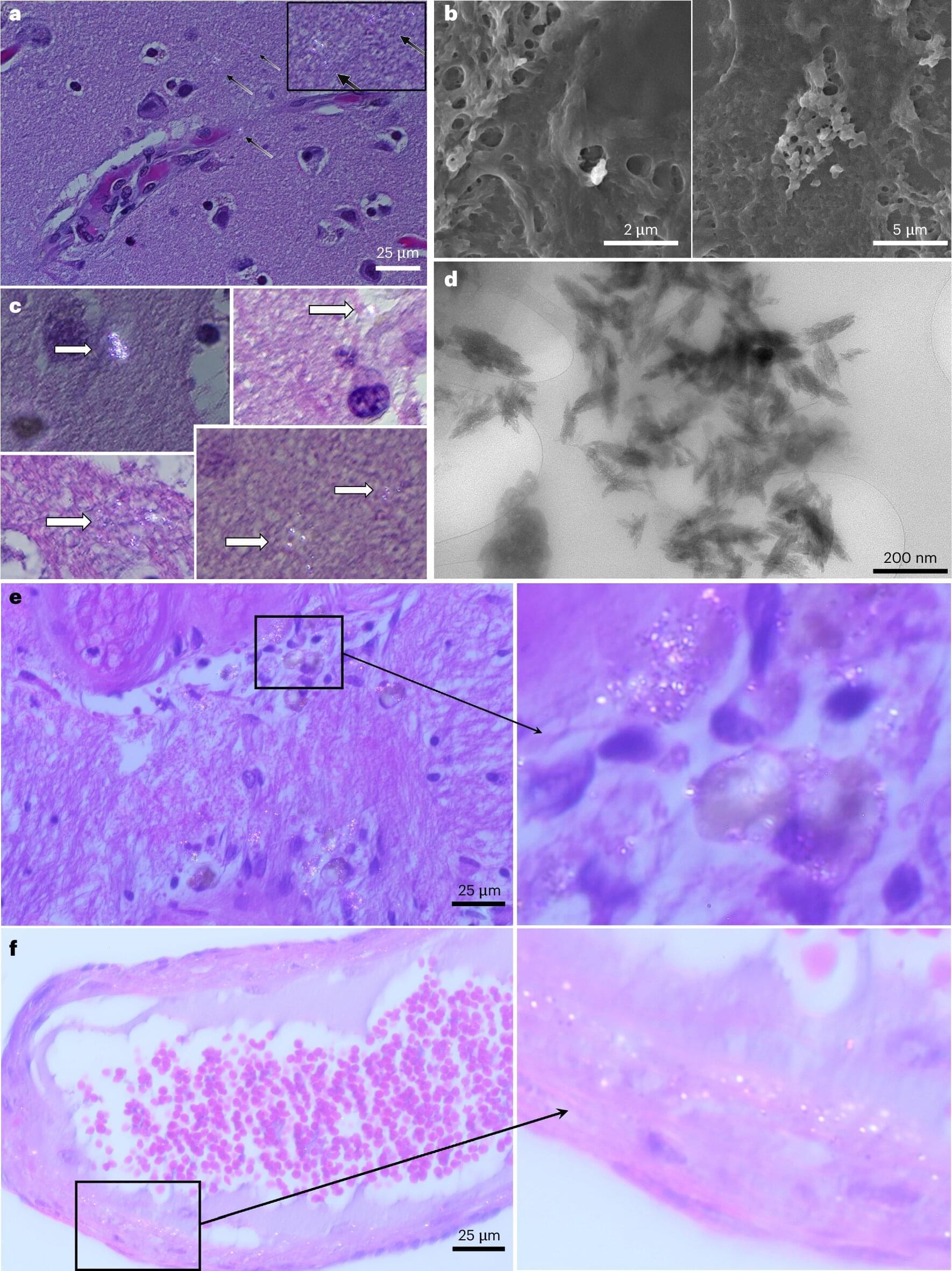
Tiny plastic particles may accumulate at higher levels in the human brain than in the kidney and liver, with greater concentrations detected in postmortem samples from 2024 than in those from 2016, suggests a paper published in Nature Medicine. Although the potential implications for human health remain unclear, these findings may highlight a consequence of rising global concentrations of environmental plastics.
The amount of environmental plastic nano-and microparticles, which range in size from as small as 1 nanometer (one billionth of a meter) up to 500 micrometers (one millionth of a meter) in diameter, has increased exponentially over the past 50 years. However, whether they are harmful or toxic to humans is unclear. Most previous studies used visual microscopic spectroscopy methods to identify particulates in human tissues, but this is often limited to particulates larger than 5 micrometers.
Researcher Matthew Campen and colleagues used novel methods to analyze the distribution of micro-and nanoparticles in samples of liver, kidney, and brain tissues from human bodies that underwent autopsy in 2016 and 2024. A total of 52 brain specimens (28 in 2016 and 24 in 2024) were analyzed.